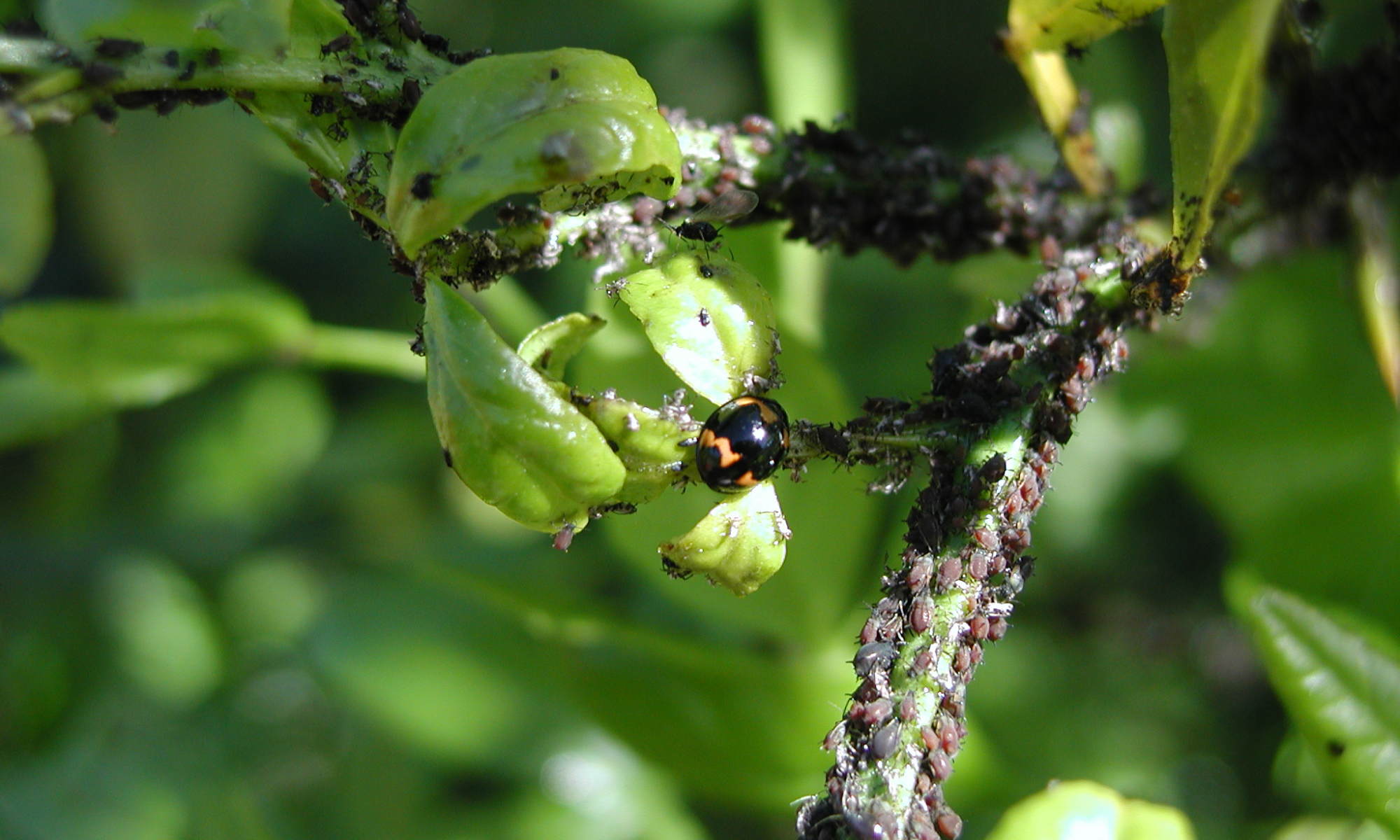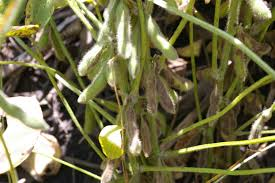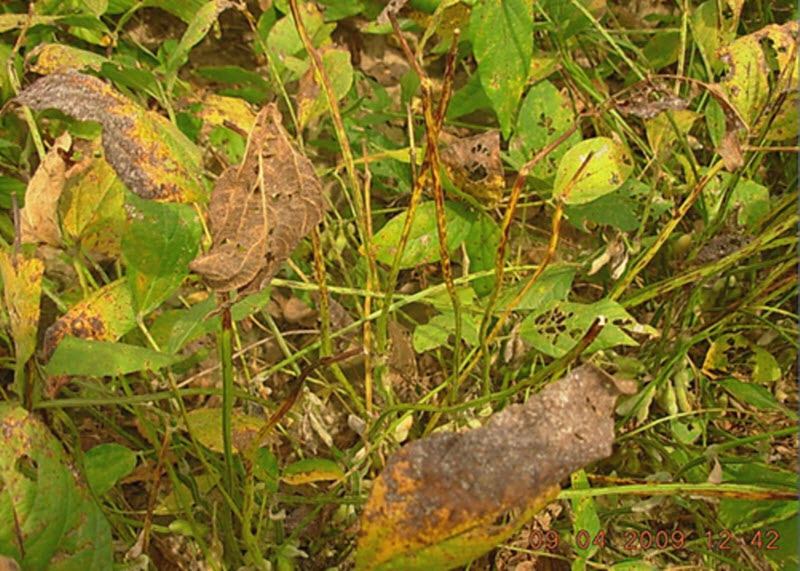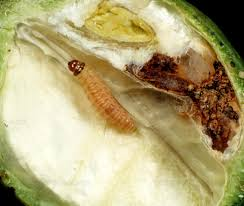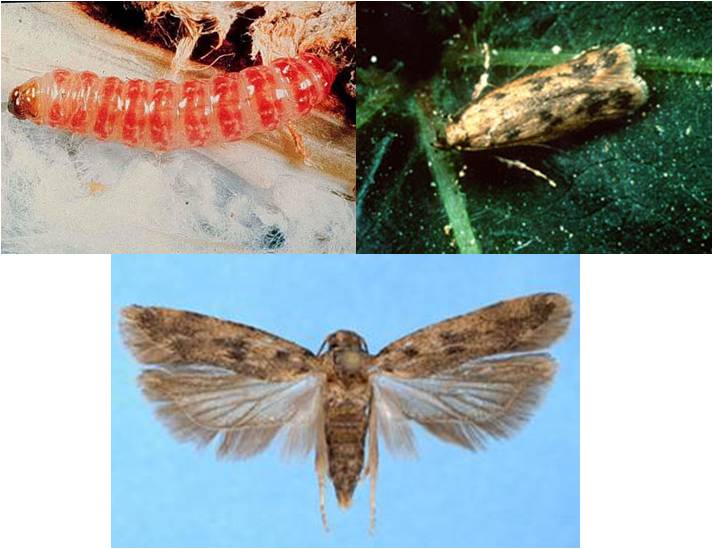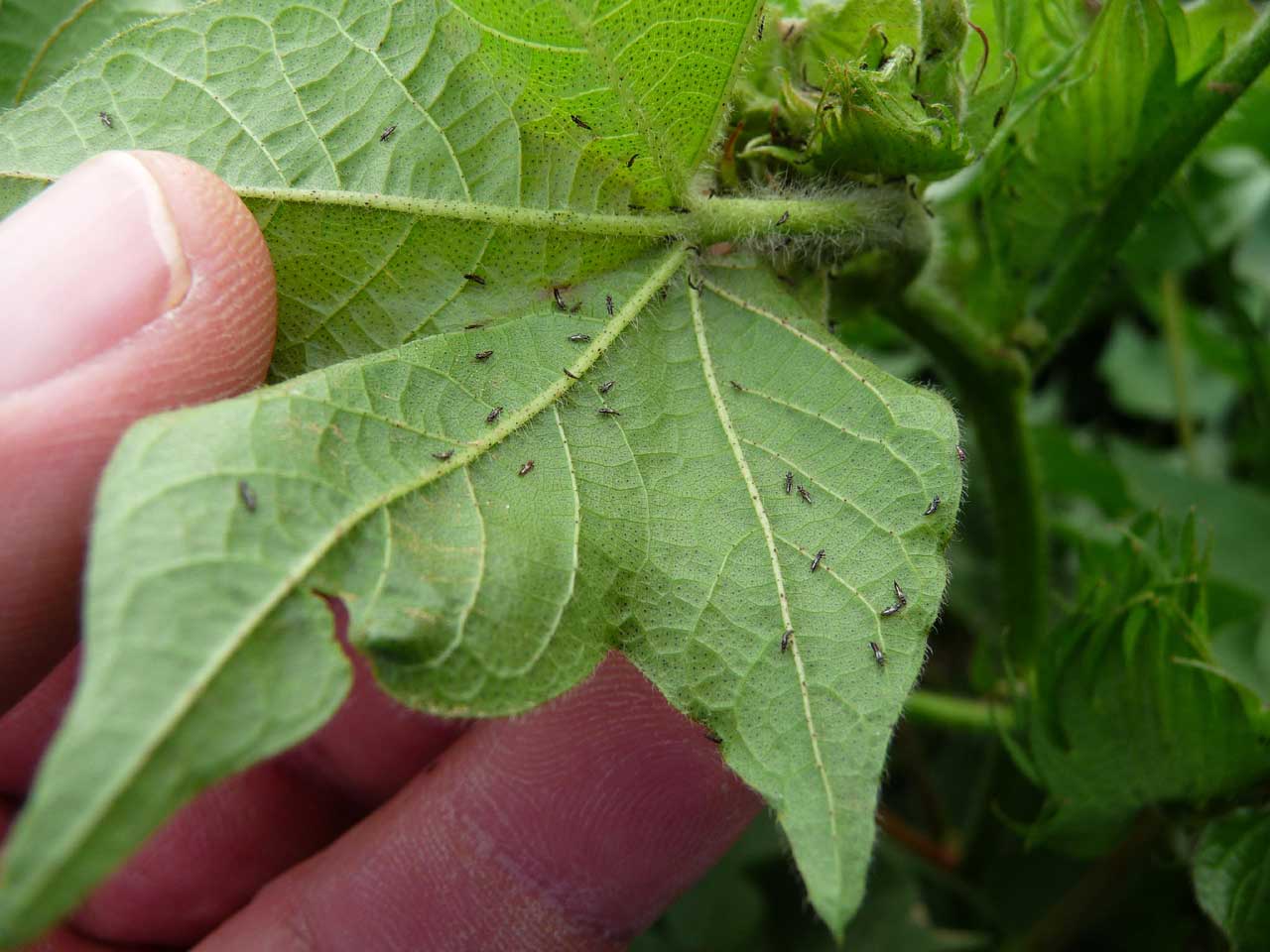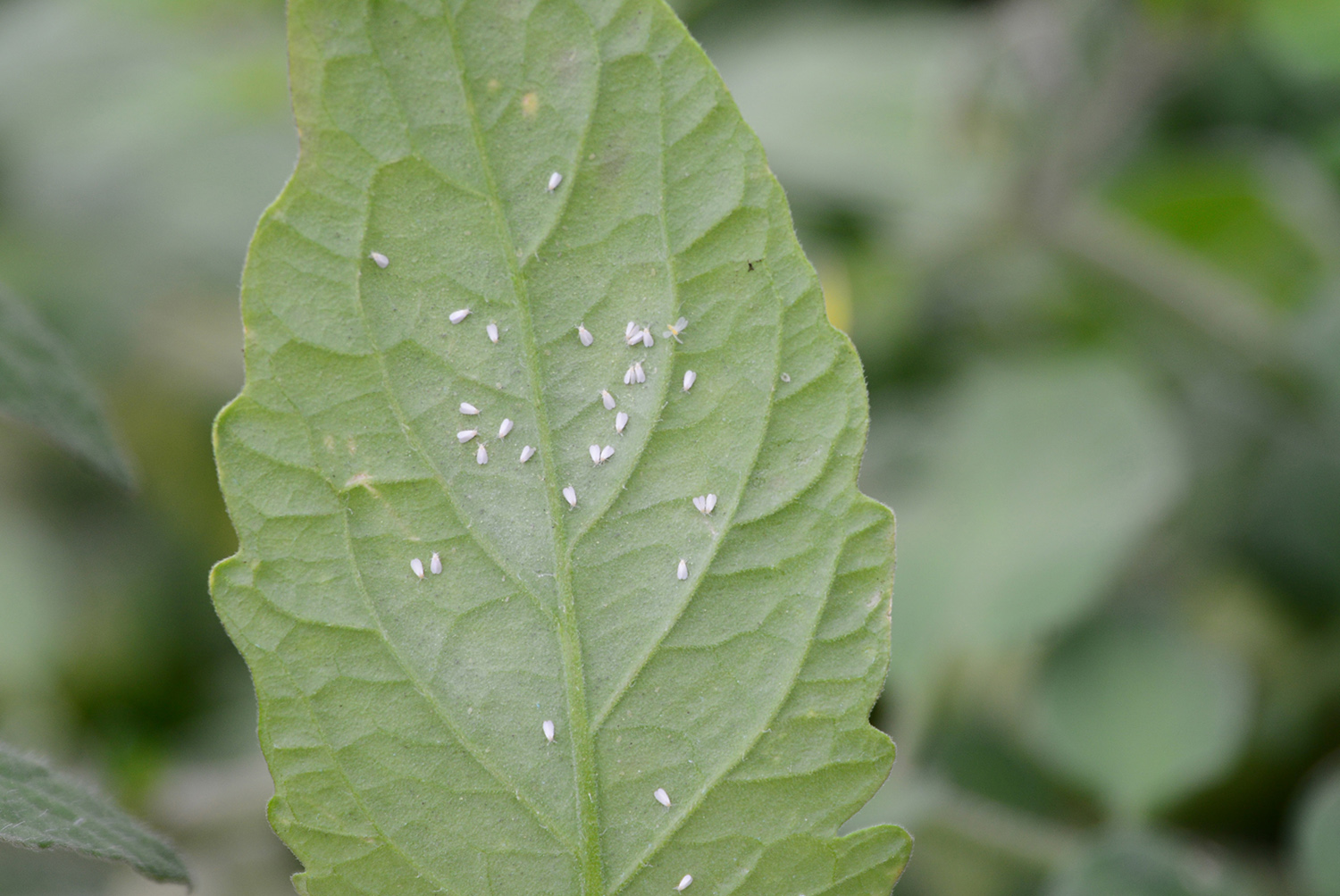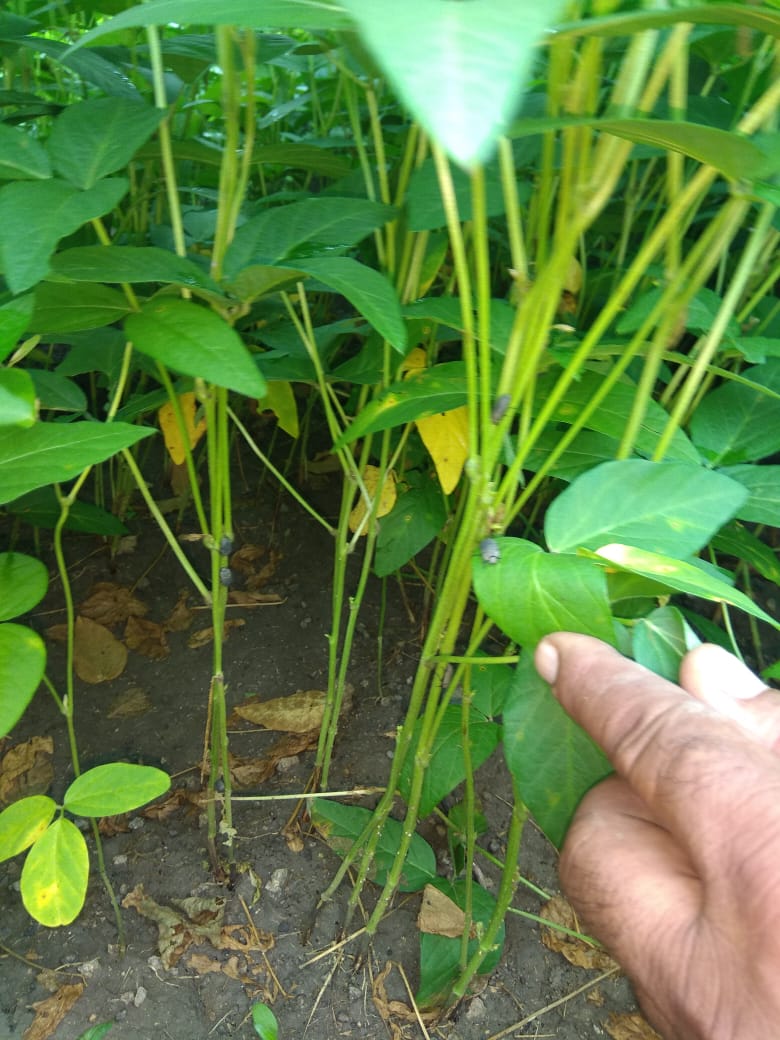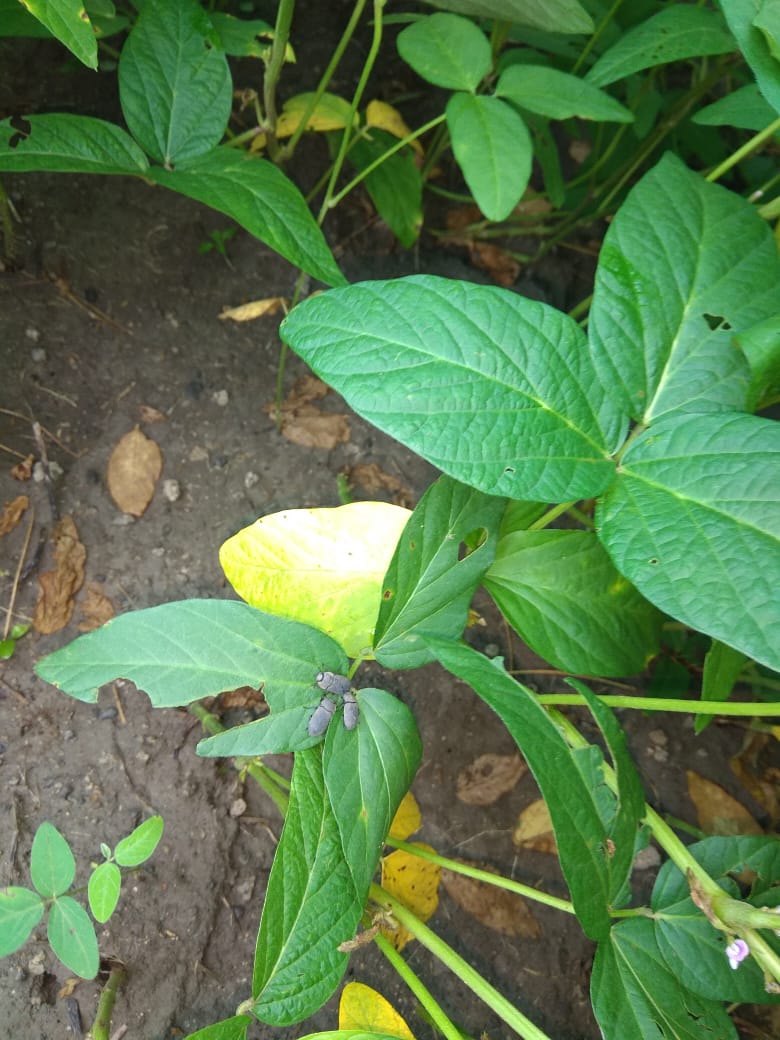Control of Mites in Chilli:-
- The tiny spider like insects are found large in numbers and the underside of leaves are covered with fine webs.
- Nymphs and adults suck sap from leaves.Affected leaves curl downward along the margins of the leaf and attain an inverted boat shape.
- Leaf petioles elongated and small leaves serrated and looks like bunchy.
- Leaves turn into dark grey in colour, reduce leaf sheath and stops flowering.
- In severe cases, fruit wall becomes hard and white strips appears on the fruit.
Control:-
- Acaricides like Sulphur 80% WP@ 3 Gm per litre of water gives effective control of mites.
- Twice spraying of Propargite 57% EC @ 400 ml/Acre in 7 days interval helps in controlling the pest in initial stage .
- Collection and burning of severely infested plant parts reduces further multiplication of mites.
- Proper irrigation and clean cultivation are essential to control the pest population.
Like and share with other farmers by clicking on button below.
Share

